Twenty years ago, on the Friday of Easter weekend, I found myself in the Garden of Gethsemane, located on the Mount of Olives in Jerusalem. It may not be the exact spot of Jesus’ prayer but it is nearby. The olive trees where I stood were nearly 1,600 years old.
Jesus entered the city to a growing population that loved him. He spoke at the Temple and confounded the Chief Priests and their scribes. Through his honest devotion to his Father, his studies, and his direct words, Jesus threatened their power and their money by calling their actions into question. Notice, the people continued to hang on every word that Jesus spoke and he grew in favor. He was popular with the crowds, leading us to the reasoning that the only time the Chief Priests and their scribes could have taken Jesus would have been in the darkness of night.
Standing in the Garden of Gethsemane, I opened and studied the scriptures in their historical context, as sprawled out in front of me were the ancient visuals of the time of Jesus. Noticing these ancient ruins, I tried to focus on what Jesus may have felt. Perhaps he noticed the smell of the olive trees and the noise from the animals and the crowds of Passover and the Temple just across the valley dying down for the evening. Darkness with lights of fire dotting the surrounding area of cooking fires and oil lamps would have been visible. The taste of the dirt mixed with the sweat of Jesus’ forehead would have pooled as He prayed so earnestly that the cup would be removed from Him.
After sitting a while in the garden, I walked a short distance through the valley, past the Temple Mount and through the winding streets to the Holy Sepulchre (also known as the Church of Resurrection), all within eyeshot of where I had initially been standing. Inside of the Sepulchre exists first-century tombs. These tombs are the likely spot of both the crucifixion, burial, and resurrection of Jesus. With the Easter crowds pushing around me, I still found the ability to settle myself and think on those things the Lord went through in those final days and hours.
The following Sunday morning, Easter Sunday, I walked from my home in Jerusalem, not a far distance away, past the Holy Sepulchre, through the Garden of Gethsemane and up to the top of the Mount of Olives. The climb up the Mount took me no more than 30 minutes. There, I looked toward the unpopulated Judean Hills and realized that Jesus could have done the same. You see, the hills are a hiding place. It’s where David hid. Similarly, Jesus could have run. Instead of staying and praying in the Garden, he could have walked those short few minutes up the Mount of Olives and escaped into the desert. This area, near Ein Gedi, is filled with hills and caverns, caves and deep valleys. [1][2]
It dawned on me – the significance of the act of Jesus’ sacrifice and devotion to God, and to the people loved by God. With his human will and the Spirit of the Holy One in him, he chose not to run. I wonder if He glanced that direction during his prayer. If he thought, “just a few minutes and I would escape from what is coming to me.” He stayed. This realization after walking up the Mount was a significant moment.
My realization on Easter morning, standing on the Mount of Olives, was not only the greatness of God’s sacrifice, but also the enormous human choice that existed in the framework of those hours the night before Jesus’ arrest.
I could tell you of the beautiful sunrise I saw, the cloudless blue sky, the feeling of joy knowing that death has been conquered. However, what stood out more than anything at that moment was Jesus’ act of turning away from the escape within his grasp – and the movement of his will toward the hope brought to all of us through his death and resurrection.
[1] Murphy- O’Connor, J. The Oxford Archaeological Guide to the The Holy Land. New York, NY: Oxford University Press. 128.

